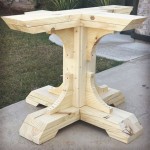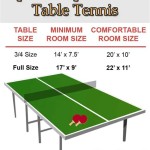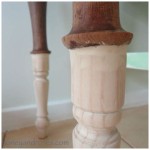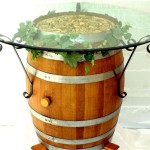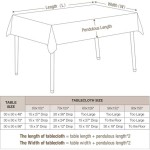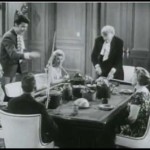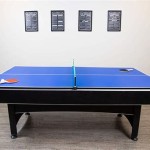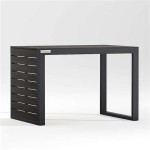Crafting Your Own Wooden Beer Pong Table: A Guide to Essential Aspects
Whether you're an avid beer pong enthusiast or simply seeking a fun addition to your home bar, creating a custom wooden beer pong table can be a rewarding project. Here's a comprehensive guide to ensure you craft a table that meets your needs and lasts for countless rounds of competitive play.
1. Selecting the Right Wood
The type of wood you choose will significantly impact the durability and aesthetics of your table. Hardwoods like oak, maple, or walnut provide exceptional strength and resistance to warping or cracking. If you prefer a more cost-effective option, consider softwoods such as pine or cedar, but be aware that they may require more reinforcement to prevent damage.
2. Determining the Dimensions
Standard beer pong tables measure 8 feet in length and 2 feet in width. However, you can adjust the dimensions to suit your space and preferences. If you have limited room, consider a compact 6-foot table or a foldable version for easy storage. For larger gatherings, an extended 10-foot table will accommodate more players.
3. Building the Tabletop
The tabletop should be constructed from a sturdy sheet of plywood or MDF. Cut two rectangular pieces of equal size and join them together using wood glue and clamps. Ensure the tabletop is flat and level to prevent cups from toppling over. Reinforce the corners with metal brackets or additional wood supports for added durability.
4. Creating the Framework
The framework provides the table with its support and stability. Construct a rectangular frame using 2x4 or 2x6 lumber. Join the pieces together using wood screws or nails. Attach the tabletop to the frame using screws or bolts driven through the underside. Ensure the tabletop is securely fastened to prevent it from shifting or warping.
5. Adding Cup Holders and Net Features
Drill holes in the tabletop to create cup holders. Space them evenly and ensure they are large enough to accommodate cups without spilling. Consider adding a net feature to enhance gameplay. Cut a piece of mesh fabric to the table's length and attach it to the edges using velcro or staples.
6. Finishing Touches
Once your table is assembled, you can customize it to your liking. Consider applying a coat of paint or stain to match your decor. You can also add graphics, logos, or personal touches to make it truly unique. Protect the table's surface with a clear sealant or polyurethane to prolong its lifespan.
Conclusion
Creating a homemade wooden beer pong table is a satisfying and rewarding endeavor. By following these essential aspects, you can build a custom table that provides endless hours of entertainment for you and your friends. Remember to choose high-quality materials, carefully measure and assemble the components, and add personal touches to make your table a reflection of your style and gaming spirit.

Diy Beer Pong Table With Led Using Resin On Wood

Diy 11 Easy Steps To Make A Folding Beer Pong Table Tables

Beer Pong Table Most Was Recycled Pallets But The Plywood For Top Added Lights Around Bottom Of Tabletop Diy Outdoor

College Diy Wood Beer Pong Table Tables

Diy Mini Beer Pong Game Rogue Engineer

Folding Wooden Beer Pong Table Designs Tables Diy

How To Build An Amazing Foldable Beer Pong Table

Homemade Beer Pong Table Webnv

18 Homemade Beer Pong Table Plans You Can Diy Easily

Diy Mini Beer Pong Game Rogue Engineer

